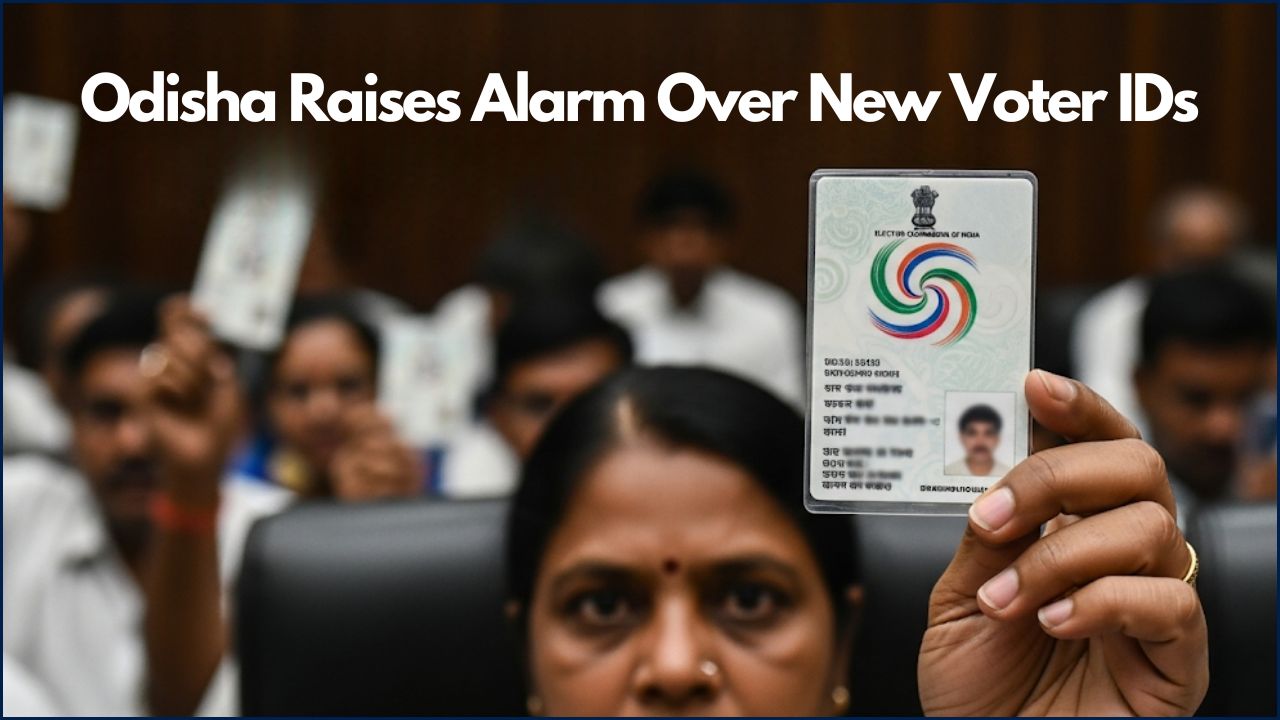
India will launch Bima Vistaar, a new insurance scheme offering a uniform ₹5 lakh cover across life, health, accident, and property risks, by December 2025. The programme is aimed at transforming insurance penetration in rural India, where access remains limited and awareness low, according to industry representatives and government officials.
What Is Bima Vistaar?
Bima Vistaar is a universal product being introduced by insurers under the guidance of the Insurance Regulatory and Development Authority of India (IRDAI). The scheme combines multiple protections into a single, affordable plan. According to the Economic Times, the cover of ₹5 lakh will apply uniformly across insurers, ensuring standard benefits and equal pricing.
The initiative follows recommendations from industry bodies to simplify insurance offerings for underserved populations. Debasish Panda, chairman of IRDAI, has previously emphasised that such a product is critical to achieving broader financial inclusion goals.
Why Rural India Needs This Policy
Rural areas account for a significant portion of India’s population but remain underinsured. According to a 2023 report from the Insurance Information Bureau of India, less than 20 percent of rural households are covered by formal insurance. Limited awareness, affordability concerns, and complex product structures have contributed to the gap.
By consolidating health, life, accident, and property coverage into one product, Bima Vistaar aims to reduce confusion while improving affordability. Industry analysts note that uniform pricing may help build trust among first-time buyers who often hesitate due to hidden costs and complex exclusions.
Coverage and Benefits
- Life Insurance: Lump sum payout to nominees in the event of the policyholder’s death.
- Health Cover: Protection against hospitalisation and medical expenses.
- Personal Accident: Compensation in cases of disability or accidental death.
- Property Insurance: Safeguards rural homes and dwellings from risks such as fire or flood.
Officials said the premium pricing is being finalised but will remain affordable, with equal rates across all insurers to prevent market disparities.
Implementation Timeline
According to Business Standard, the scheme is slated for national launch by December 2025, following pilot programmes in select states earlier in the year. These pilots will test distribution models, claim processes, and digital integration.
Distribution will likely rely on state insurance companies, local cooperatives, and digital platforms to reach households in remote regions. Authorities have indicated that a dedicated mobile application may also be developed for claim registration and policy management.
Expert Perspectives
Dr. R. K. Sharma, professor of economics at Delhi University, said the programme has the potential to improve social security but warned that execution challenges remain. “Rural India often struggles with digital access and bureaucratic hurdles in claims. Unless these barriers are addressed, uptake could remain below expectations,” he noted.
Industry representatives expressed optimism, pointing to the success of earlier government-backed schemes like the Pradhan Mantri Jan Arogya Yojana (PM-JAY). “If implemented effectively, Bima Vistaar could be a game changer for rural insurance,” said Anita Verma, senior vice president at the Life Insurance Council.
Looking Ahead
The launch of Bima Vistaar marks a significant step in India’s push for universal financial inclusion. By standardising products and pricing, the scheme could bridge gaps in access and affordability. However, success will depend on transparent communication, efficient claim handling, and strong last-mile distribution.
Govt Bank Launches Special Loan Scheme: Get ₹10–50 Lakh Without Major Collateral
Conclusion
Bima Vistaar is poised to reshape rural insurance in India by providing comprehensive coverage at a single, affordable price. With a planned rollout by December 2025, the scheme represents a major policy initiative aimed at improving financial protection for millions of households. Its effectiveness will hinge on strong implementation and continued oversight.
















